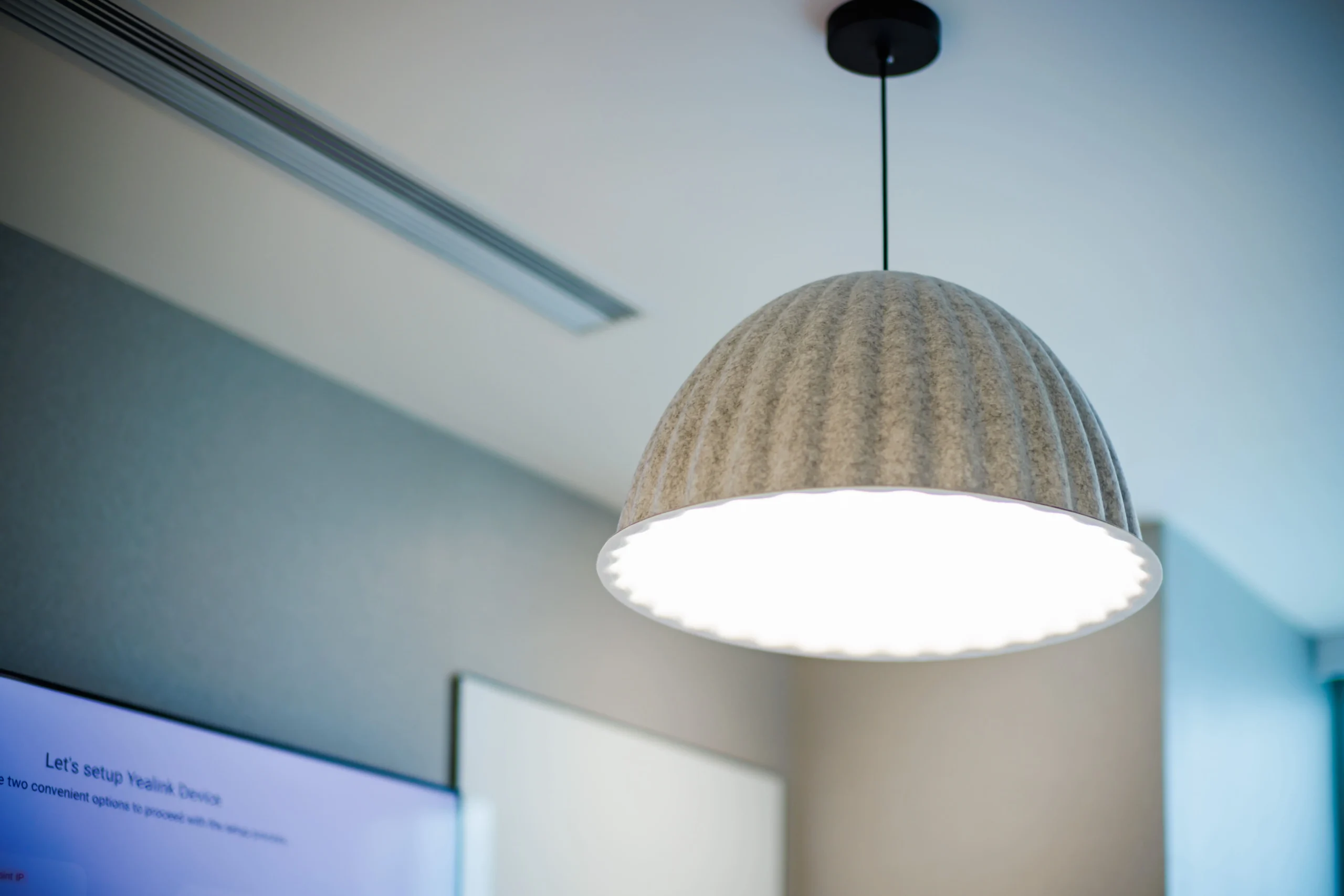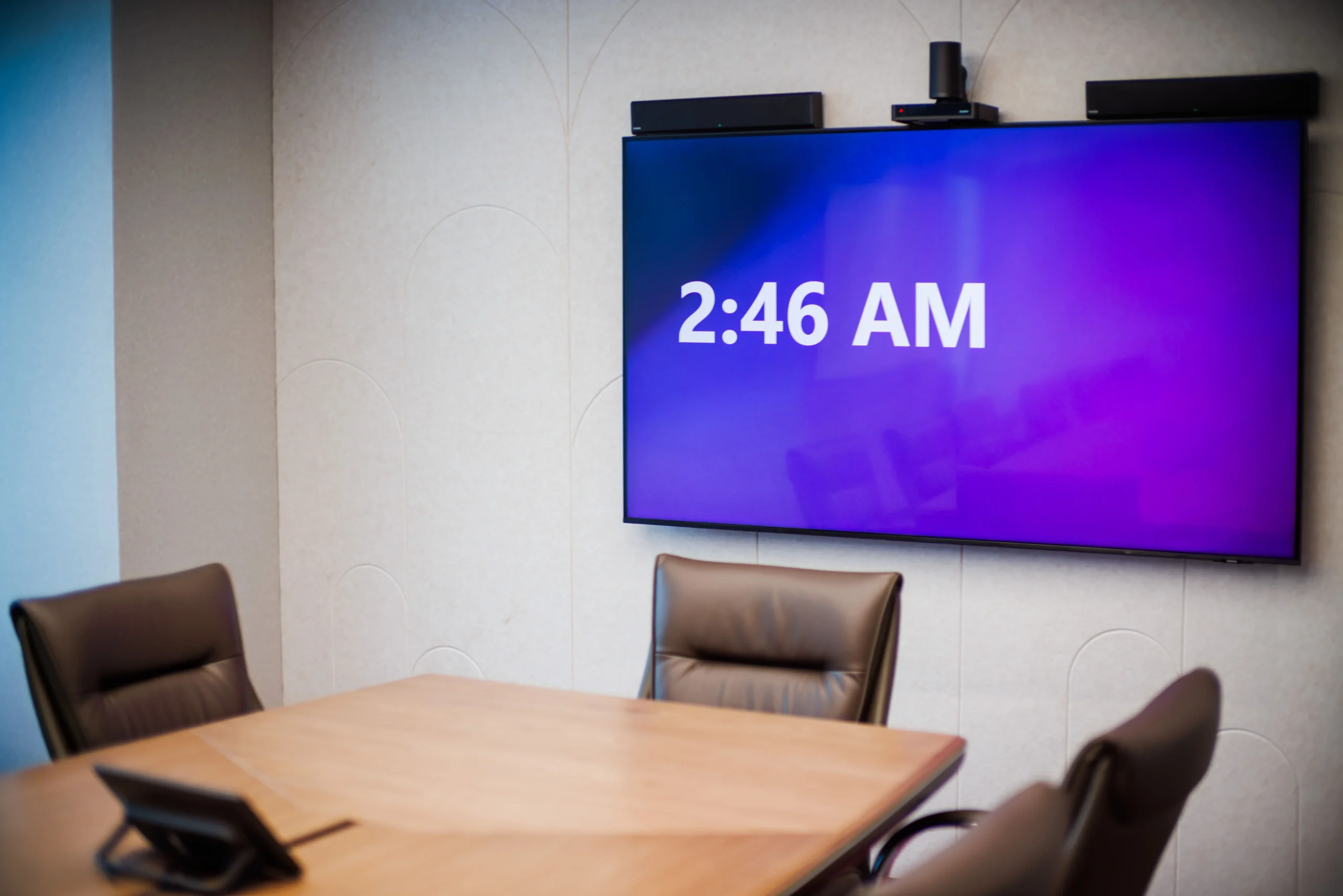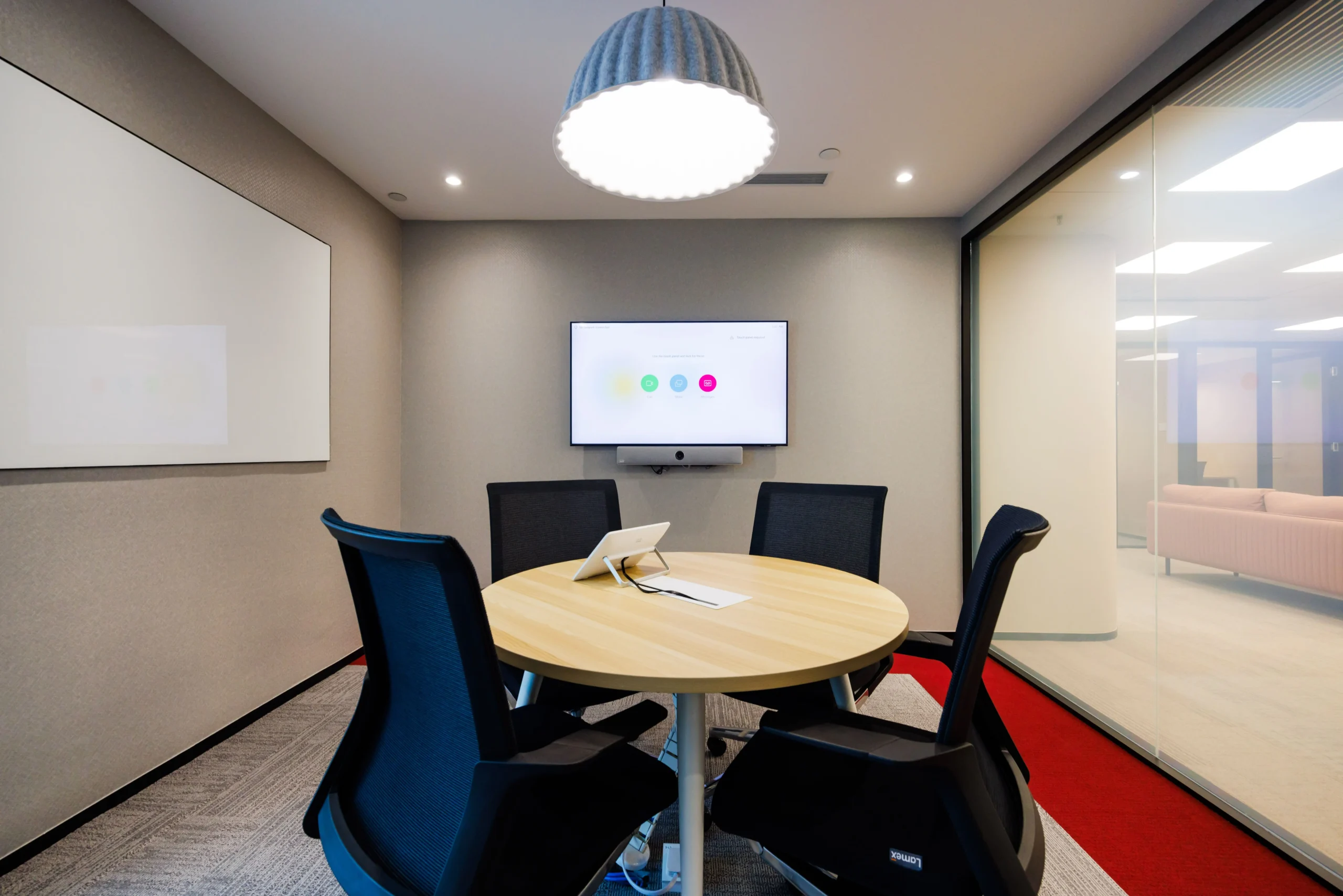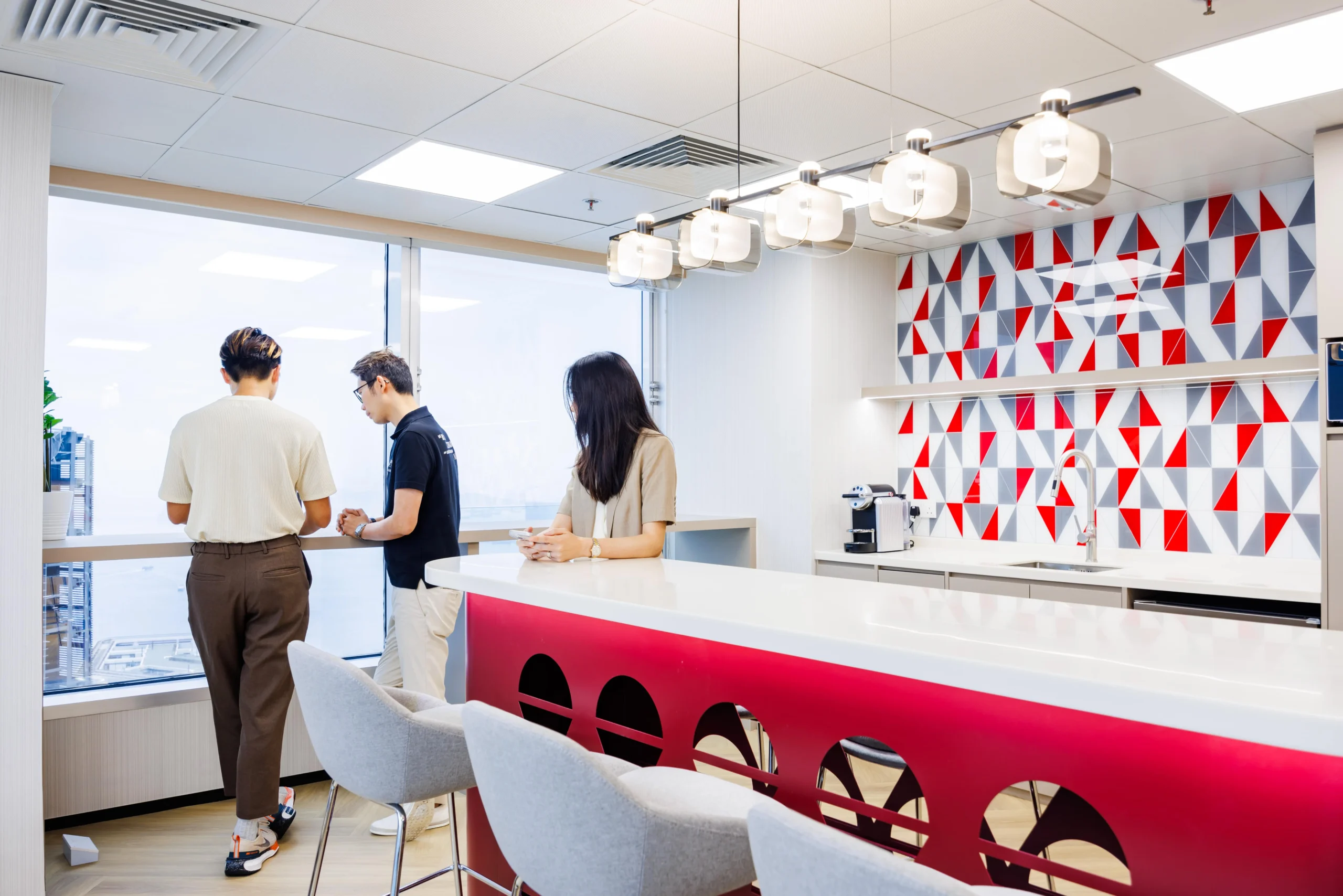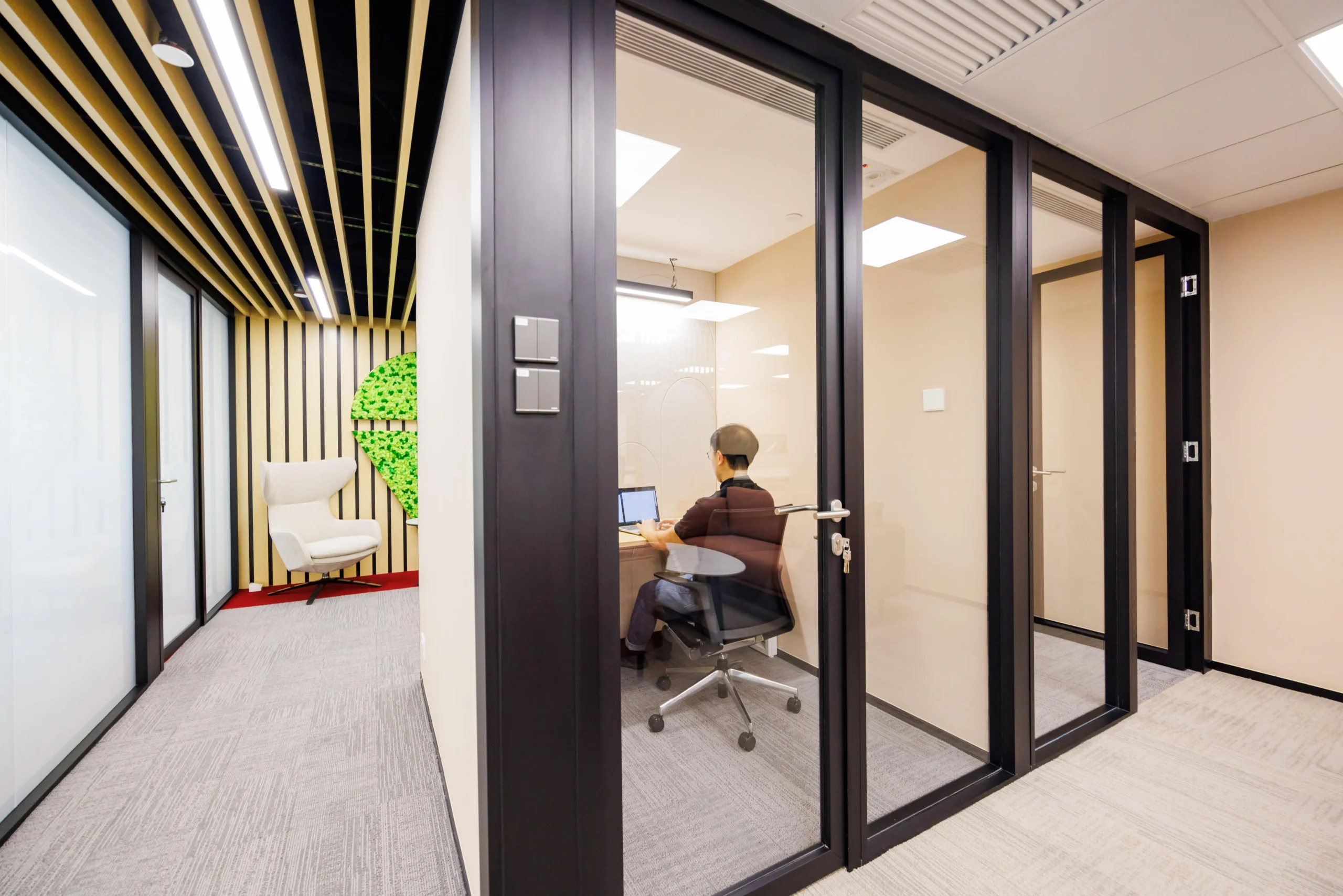What is Office Interior Design
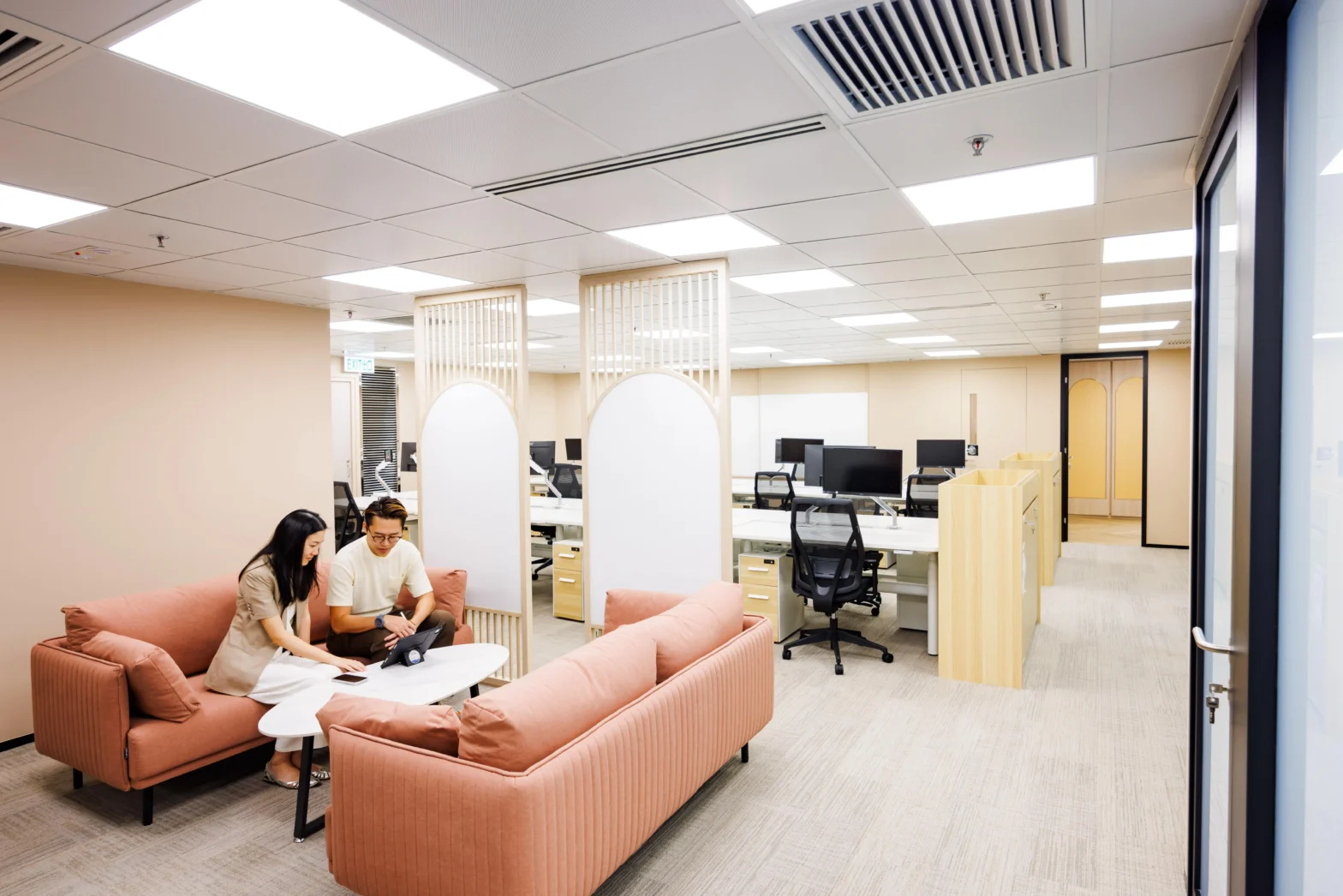
Office interior design involves creating functional and visually appealing workspaces to enhance productivity and morale. It includes layout, furniture selection, lighting, and color schemes.
A well-designed office can positively impact employee well-being and overall business success by fostering creativity and collaboration. Productivity can be significantly boosted with an office environment that is both aesthetically pleasing and conducive to efficient work processes.
Through thoughtful design choices, an office space can reflect a company’s values and culture while providing a comfortable and inspiring setting for employees to thrive.
Effective office interior design goes beyond aesthetics, prioritizing functionality and creating a space that supports the needs and goals of the organization.
The Importance Of Office Interior Design
Office interior design plays a crucial role in the success and functionality of a workspace. It goes beyond mere aesthetics and has a direct impact on various aspects of a business, including productivity, employee morale, and brand image. Let’s delve into the significance of office interior design in detail.
Creating Productivity And Efficiency
Well-thought-out interior design can optimize the layout to enhance workflow, streamline processes, and maximize space usage. Carefully planning the arrangement of workstations, meeting areas, and collaborative spaces, promotes seamless movement within the office, boosting productivity and overall efficiency.
Boosting Employee Morale
A thoughtfully designed office space can significantly improve the well-being and satisfaction of employees. Incorporating elements such as natural light, ergonomic furniture, and vibrant colors can boost morale, reduce stress, and create a more positive work environment.
Enhancing Brand Image
The office interior design serves as a reflection of the organization’s values and culture. A well-designed space can convey a professional image while aligning with the brand identity. It leaves a lasting impression on clients, visitors, and potential talent, enhancing the overall brand image.
Key Elements Of Office Interior Design
Key Elements of Office Interior Design:
Layout And Space Planning
An efficient layout is crucial, fosters productivity, and ensures optimal workflow.
Furniture And Accessories
Quality furniture enhances comfort, reflects brand identity, and promotes functionality.
Lighting And Color Schemes
Appropriate lighting reduces eye strain, vibrant colors boost creativity.
Trends In Office Interior Design
Trends in Office Interior Design:
Flexible Workspaces
Flexible workspaces address the need for adaptable office setups.
Biophilic Design
Biophilic design integrates natural elements into workspace environments.
Technology Integration
Technology integration optimizes office efficiency through digital advancements.
The Role Of Ergonomics In Office Interior Design
The Role of Ergonomics in Office Interior Design
Benefits Of Ergonomic Design
Implementing ergonomic design in office interiors has numerous benefits such as enhancing comfort, promoting productivity, and reducing the risk of workplace injuries.
Furniture And Equipment Considerations
When choosing furniture and equipment for the office, it’s crucial to prioritize ergonomics. Select adjustable chairs and desks that support proper posture and allow employees to customize their workspace for optimal comfort and efficiency.
Creating A Safe And Healthy Environment
A well-designed ergonomic office helps in creating a safe and healthy environment by minimizing physical strain, reducing the likelihood of musculoskeletal disorders, and improving overall well-being.
Budgeting For Office Interior Design
The budgeting process is a crucial aspect of office interior design. Determining the project scope, estimating costs, and prioritizing expenses are key components that will help you plan and execute your office design effectively. In this section, we will delve into these aspects and provide you with essential insights to create a budget that aligns with your requirements and resources.
Determining Project Scope
Before embarking on any office interior design project, it’s important to have a clear understanding of the project scope. This involves defining the goals, objectives, and desired outcomes of the design project.
Consider the specific areas or departments that need renovation or redesign, as well as any specific functionality or aesthetic requirements. With a precise project scope, you can better estimate the resources and costs involved.
Cost Estimation
Once you have determined the project scope, the next step is to estimate the costs involved. This involves considering various factors such as materials, labor, furniture, fixtures, and any additional services required.
It is essential to research and gather quotes from different suppliers and contractors to ensure you get the most accurate cost estimates. Keep in mind that unforeseen expenses may arise during the project, so it’s crucial to factor in a contingency budget to accommodate any unexpected costs.
Prioritizing Expenses
When it comes to office interior design, prioritizing expenses is necessary for effective budget management. Make a list of the essential elements that you don’t want to compromise on, such as ergonomic furniture, functional lighting, or essential equipment.
These core items should be allocated a higher portion of your budget. Non-essential elements or aesthetic upgrades can be allocated a smaller portion of the budget or phased in later as finances allow. Prioritizing expenses allows you to allocate resources intelligently and ensure that you focus on the most critical aspects of your office design.
Finding The Right Office Interior Design Firm
When it comes to creating the perfect workspace, office interior design plays a crucial role. A well-designed office not only enhances productivity but also reflects the company’s brand identity and values. However, designing an office space can be a daunting task, requiring expertise and attention to detail. That’s where professional office interior design firms come in.
Defining Your Needs
Before you start searching for an office interior design firm, it’s essential to define your needs and goals. Consider the specific requirements of your business, such as the number of employees, the type of work conducted, and any unique features or preferences you have in mind.
Having a clear understanding of your needs will help you communicate effectively with potential design firms and ensure that they can meet your expectations.
Researching And Shortlisting Firms
After defining your needs, the next step is to research and shortlist office interior design firms. Start by asking for recommendations from trusted sources or searching online directories. Look for firms with a strong portfolio, positive reviews, and experience in designing office spaces similar to your requirements.
Narrow down your options to a few firms that stand out, and make a note of their contact information for further evaluation.
Reviewing Portfolios And Case Studies
Now that you have a shortlist of potential office interior design firms, it’s time to review their portfolios and case studies. A firm’s portfolio provides a visual representation of its past projects and the design styles it specializes in.
Pay attention to the variety and quality of their work, as well as their ability to incorporate brand identity and create functional spaces. Additionally, case studies can give you insights into the firm’s problem-solving abilities and its success in delivering projects on time and within budget.
The Office Interior Design Process
Office interior design is a crucial aspect of creating a productive and inspiring work environment. The design process involves several phases, each aimed at transforming a workspace into a functional and aesthetically pleasing area that reflects the company’s culture and values.
Initial Consultation And Needs Assessment
The first step in the office interior design process is the initial consultation and needs assessment. During this phase, the designer meets with the client to understand their requirements and expectations.
This involves gathering information about the company’s workflow, employee needs, and design preferences. The designer evaluates the existing space, considers budget constraints, and identifies any special requirements.
Concept Development And Design Proposal
Following the initial consultation, the designer proceeds with the concept development and design proposal. Based on the gathered information, the designer formulates logical design concepts that align with the client’s needs and vision.
This phase involves sketching initial design layouts, selecting color schemes, and choosing appropriate furnishings and accessories. The designer then presents the proposed design to the client, detailing the plan and visual representations.
Implementation And Project Management
Once the design proposal is approved, the project enters the implementation and project management phase. This involves sourcing materials, hiring contractors, and supervising the entire construction process.
The designer ensures that the project remains on schedule and within budget while maintaining quality and adhering to the client’s specifications. The furniture and fixtures are assembled and added, and the space is styled to bring the design to life.
Measuring Success In Office Interior Design
Employee Satisfaction Surveys
Regularly conducting surveys gathers insights directly from employees.
Productivity And Performance Metrics
Monitoring metrics like efficiency rates and output can quantify improvements.
Feedback And Continuous Improvement
Encouraging feedback loops aids in ongoing enhancements.
Frequently Asked Questions Of What Is Office Interior Design
Q: How Does Office Interior Design Impact Productivity?
A: An appealing and ergonomic office layout can enhance focus, creativity, and collaboration among employees, leading to increased productivity.
Q: What Are The Key Elements Of A Well-designed Office?
A: A well-designed office includes functional workstations, effective lighting, comfortable furniture, adequate storage, and proper space utilization.
Q: How Can Office Interior Design Improve Employee Morale?
A: Thoughtfully designed office spaces with vibrant colors, natural light, and comfortable amenities can uplift employee spirits and foster positive attitudes.
Q: What Role Does Office Interior Design Play In Brand Image?
A: Office interior design showcases a company’s culture, values, and professionalism, influencing clients’ perceptions and strengthening the brand image.
Q: How Can Office Interior Design Enhance Employee Well-being?
A: Incorporating features like ergonomic furniture, quiet zones, biophilic elements, and proper ventilation can promote physical and mental well-being among employees.
Conclusion
Office interior design plays a pivotal role in creating an environment that fosters productivity and wellness. It encompasses various elements such as layout, aesthetics, and functionality, all geared towards enhancing the overall workspace experience.
By emphasizing the importance of ergonomics and employee satisfaction, a well-designed office space can ultimately contribute to the success of a business.
